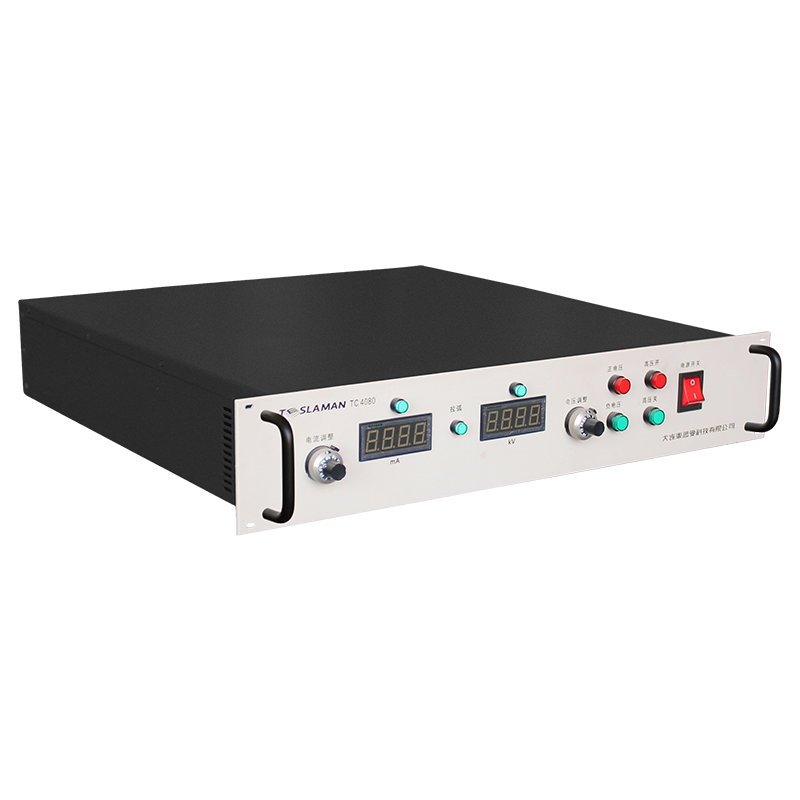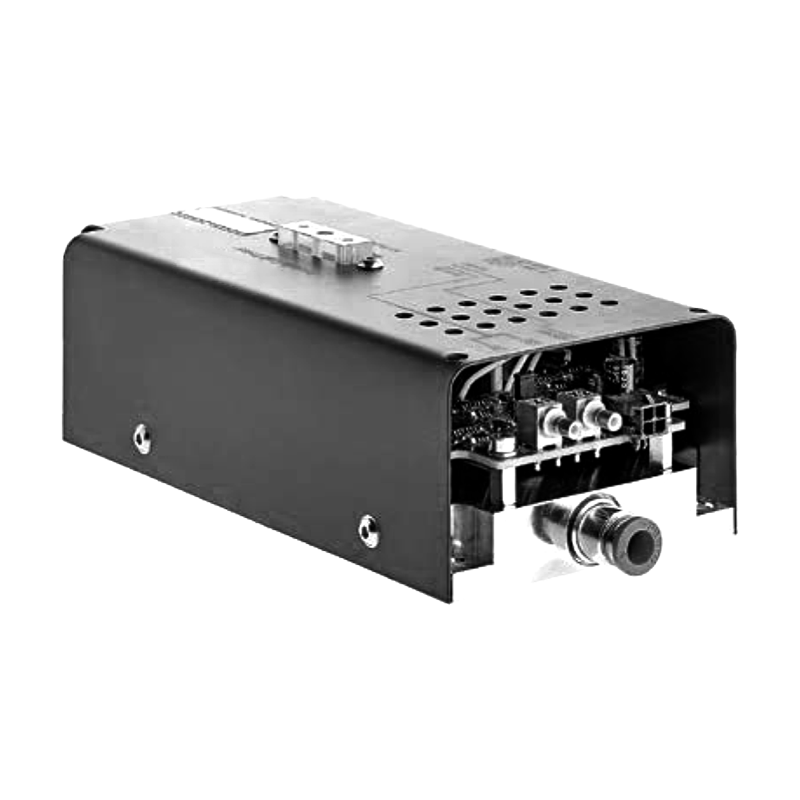Injection Angle Control of Ion Implantation High Voltage Power Supplies
In the semiconductor manufacturing process, the ion implantation high voltage power supply is an extremely crucial device, and its performance directly affects the accuracy and quality of chip manufacturing. Among them, injection angle control, as a core part of the ion implantation process, plays a decisive role in the performance of semiconductor devices.
The principle of ion implantation is to use a high voltage electric field to accelerate the ion beam, enabling it to have sufficient energy to penetrate the surface of the semiconductor material and thereby change the internal electrical properties of the material. Precise control of the injection angle ensures that ions can accurately reach the target area to form the desired device structure. Different semiconductor devices, such as diodes and transistors, have specific requirements for the ion injection angle. For example, when fabricating the source and drain electrodes in an integrated circuit, an accurate injection angle can ensure that the distribution of ions in the silicon wafer meets the design expectations, optimizing the electrical performance of the device and improving the operating speed and stability of the chip.
Technically, the injection angle control of the ion implantation high voltage power supply mainly relies on a complex electric and magnetic field adjustment system. Through carefully designed deflection electrodes, an accurate electric field is applied along the transmission path of the ion beam. According to the principle of the electric field force, the ion beam will deflect under the influence of the electric field, thus changing the injection angle. At the same time, with the assistance of magnetic field adjustment, the accuracy and stability of angle control can be further improved. The magnetic field can fine tune the trajectory of the ion beam, compensating for angle deviations caused by changes in the electric field or other external factors, ensuring that the ion beam is always implanted into the semiconductor substrate at the set angle.
The accuracy of injection angle control is of self evident importance for semiconductor manufacturing. If there is a deviation in the injection angle, the ions may not reach the 预定 position accurately, resulting in serious problems in the performance of the device. For example, if the injection angle is too large or too small, the distribution of ions in the semiconductor material may be uneven, affecting key parameters such as the conduction characteristics and breakdown voltage of the device and reducing the yield of the chip. With the continuous development of chip manufacturing processes towards higher precision, the requirements for the accuracy of ion injection angle control are also getting higher and higher, and have reached sub micron or even nanometer level accuracy standards.
In order to achieve high precision injection angle control, the ion implantation high voltage power supply is also equipped with an advanced monitoring and feedback system. The injection angle of the ion beam is monitored in real time, and the actual measured value is compared with the preset value. Once an angle deviation is detected, the feedback system will quickly adjust the electric and magnetic field parameters to real time correct the trajectory of the ion beam, ensuring that the injection process always remains in a high precision state.
In summary, the injection angle control of the ion implantation high voltage power supply is an indispensable key technology in the semiconductor manufacturing process. Through precise angle control, the performance and reliability of semiconductor devices can be effectively improved, promoting the continuous advancement of chip manufacturing technology towards higher precision and integration, providing a solid technical support for the development of modern electronic information technology.




















